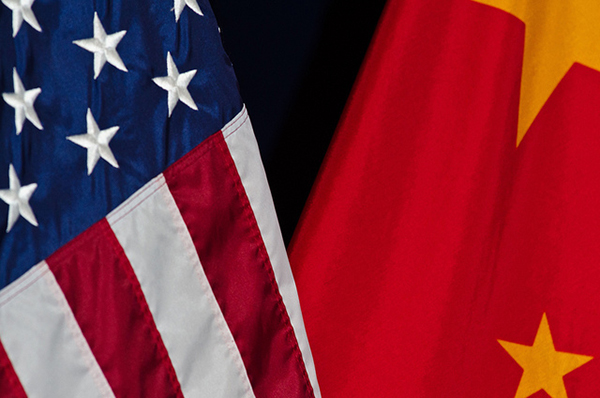Editor's note: Mark Dohnalek is President & CEO of Pivot International, the Kansas-based global product development, engineering & manufacturing firm.
Even in a very strong economy, with $250 billion in tariffs on imported Chinese products, many manufacturers and supply chain partners are running into “now what” challenges.
Suddenly, the old adage “changing horses in mid-stream,” a dreaded option for an established supply chain, has now become a necessary consideration.
With no end in sight for the 25% China tariff, what to do next and what it will mean in terms of planning, costs, schedules & deliverables are being discussed in board rooms and C-suites of manufacturing firms and supply chain companies across the country.
These are 5 steps companies can take now to minimize any negative effects from China trade tariffs later.
- Start with the big picture. Before making changes that will upend your current systems, analyze the import data which is free to access from the Automated Commercial Environment system (ACE). Next, look into the Harmonized Tariff Schedule (HTS). The HTS categorizes all U.S. imports through a code system. Every product and import has a code that confirms the merchandise's country of origin. This is important because items that are shipped from China do not necessarily originate from there.
- Find alternatives to your current supply chain partners. While this may seem obvious, there's no denying it can be challenging to reconfigure your supply chain when you've established a rate and consistent rhythm with your current partner. But business can't go on as usual when something very unusual is going on. Since the first two series of China tariffs were applied primarily to electronics and advanced machinery, many companies have explored alternative partners including operations in the Philippines, which have a long track record of selling electronic components to American companies. When considering these alternatives, ensure they'll be a good fit in terms of meeting production deadlines, implementing reliable quality control measures, and timely communication, but then move forward.
- Consider domestic partners. “Too much money,” is the biggest cry of project managers and operations directors when they are asked to consider a US-only manufacturing & supply chain team. But don't be too quick to rule out this option altogether. Domestic manufacturers have their advantages with greater IP security (a hot topic and significant concern for many businesses), flexible payment options, and reduced shipping costs. They also tend to have high labor standards, which help contribute to the positive image that is already associated with domestic companies.
- Smaller partners can produce bigger results. Whether global or domestic, many manufacturers think if they work with larger organizations, they have more room to negotiate costs and will be better equipped to deal with challenges. That isn't always the case. In fact, smaller companies can avoid regulatory costs because of their smaller size. And, when it comes to swift movement in agility and adaptability, small manufacturers are much better prepared to make necessary and quick changes.
- Rethink technology in your product design & development. Changing locations isn't the only solution. It's also possible to “stop needing” something that you can only get from China. Tariffs are raising prices for energy products, industrial equipment, and many other technological components. Whenever possible, rethink your designs and consider alternative components while maintaining product quality. Since tariffs are sure to affect emerging technologies, such as artificial intelligence, companies must decide which innovations they want to make a priority.
While the new tariffs may be forcing companies in new directions, diversifying supply chains is advantageous for global companies regardless of the trade climate as it enables them to strategically maneuver within the global marketplace. This, in turn, can afford significant protection to their supply chains from the effects of natural disasters, geopolitical turmoil, and economic upheaval.
U.S. consumer-goods companies that are currently trying to move away from China-based manufacturing facilities have viable options. After all, some of the challenges resulting from China tariffs can translate to competitive advantages for American businesses.
SC
MR


More 3PL
- Orchestration: The Future of Supply Chain
- February and year-to-date U.S. import volume is solid, reports S&P Global Market Intelligence
- 2024 retail sales forecast calls for growth, says National Retail Federation
- ISM reports another month of services sector growth in February
- February manufacturing output declines, notes ISM
- How to Create Real Retailer-Brand Loyalty
- More 3PL
Latest Resources

 Explore
Explore
Business Management News
- AI, virtual reality is bringing experiential learning into the modern age
- Tips for CIOs to overcome technology talent acquisition troubles
- There is still work to do to achieve supply chain stability
- Blooming success: The vital role of S&OE in nurturing global supply chains
- Supply chain salaries, job satisfaction on the rise
- How one small part held up shipments of thousands of autos
- More Business Management
Latest Business Management Resources

Subscribe

Supply Chain Management Review delivers the best industry content.

Editors’ Picks





